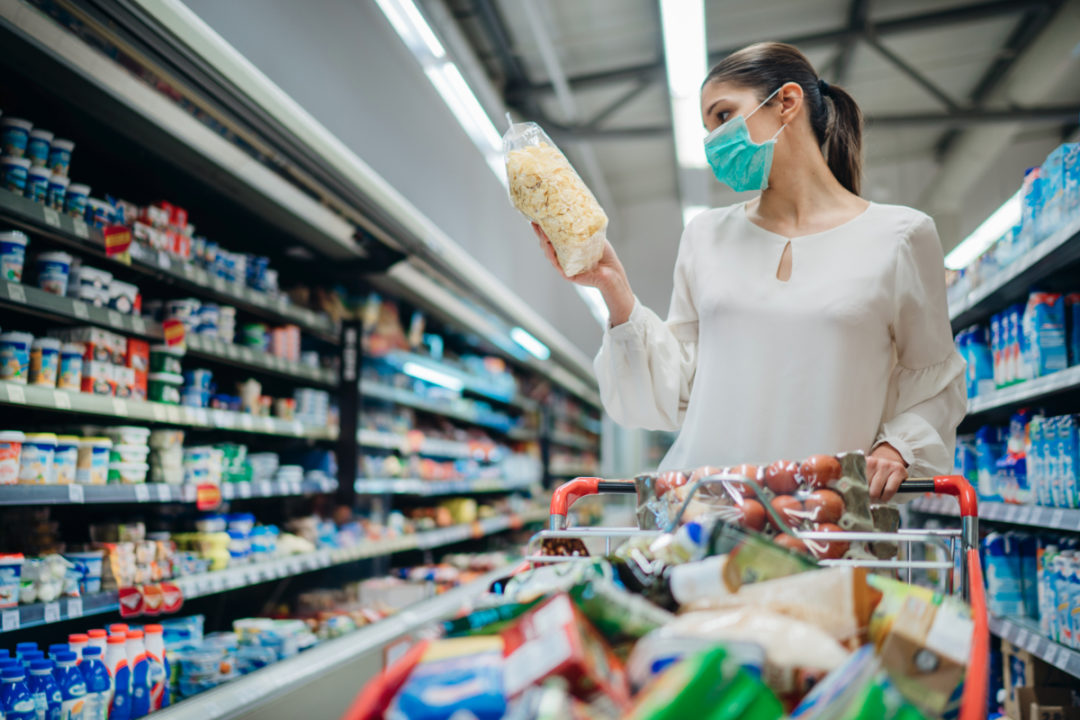Food can be selected as any kind of substance that can be consumed to receive nutritional support to the body. Food comprises proteins, vitamins, carbohydrates, fats, and minerals to maintain the nutritional value in the body. The consumption of packaged food is much higher in metropolitan areas and finds wide usage, particularly in metros as they are easy to carry, cook and consume. Increase in consumption of packaged food in developed as well as developing countries is attracting a lot more businesses to launch innovative types of products and variations. The primary packaged food consists of ready-to-eat meals, diet snacks, bakery, dairy products, processed meat, canned and frozen processed food.
Rapidly changing lifestyle, rising healthcare awareness among the population, and suitability in food consumption are the major key driving factor for the growth of global packaged food market. Further, rising working population, busy work schedules, and changing food patterns among consumers are key contributing factors for the market growth. The rise in the number of supermarkets, malls, and one-stop grocery stores is considered as one of the prime factors contributing to the sales of frozen & convenience food and ready-to-eat food items. Additionally, the rising concern over the spread of coronavirus is also boosting the demand for packaged food and is expected to have a positive impact on the sale of packaged food during the forecast period. However, stringent government regulation and contamination or risk associated with the packaged food may restrain the demand of packaged food market. Furthermore, the rising focus of leading payers towards convenient and attractive packaging owing to changing buying behaviors and changing habits of consumers will offer lucrative opportunities to packaged food in the forecast period.
The global packaged food market is divided based on product type, distribution channel, and region. Based on the product type, the global market is fragmented into bakery & confectionery products, processed meats, beverages, breakfast cereals, dairy products, snacks & nutritional bars, ice creams & frozen novelties, rice, pasta & noodles, ready-to-eat meals, sauces, dressings & condiments, and others. The distribution channel segment incorporates whole hypermarkets & supermarkets, convenience stores, online retailers, and others.
North America region is expected to hold the largest market share in the global packaged food market and is anticipated to continue its dominance during the forecast period. Factors such as the rapidly increasing population of working professionals and changing lifestyle routine increase the demand for packaged food in a day to day consumption. Further, changing consumption patterns of the consumers is driving the market growth of packaged foods. On the other hand, Asia Pacific holds the second-largest position in the market and is projected to account for a significant share over the forecast period. This is attributed to the developing lifestyles of millennials as well as the working population, rapid urbanization and increasing purchasing power of the consumer that has resulted in large consumption of packaged food.
The leading players operating in the packaged food market are Nestlé S.A., Tyson Foods, Inc., JBS USA Holdings, Inc., Mars, Inc., General Mills Inc., ConAgra Foods, Inc., Kraft Food Group, Inc., Smithfield Food, Inc., Frito-Lay, and The Kellogg Company. The manufacturers are investing in research and development activities to focus on product differentiation.
In March 2021, Tyson Foods, invested in expanding its case-ready meat production of consumer ready product in South Carolina.
